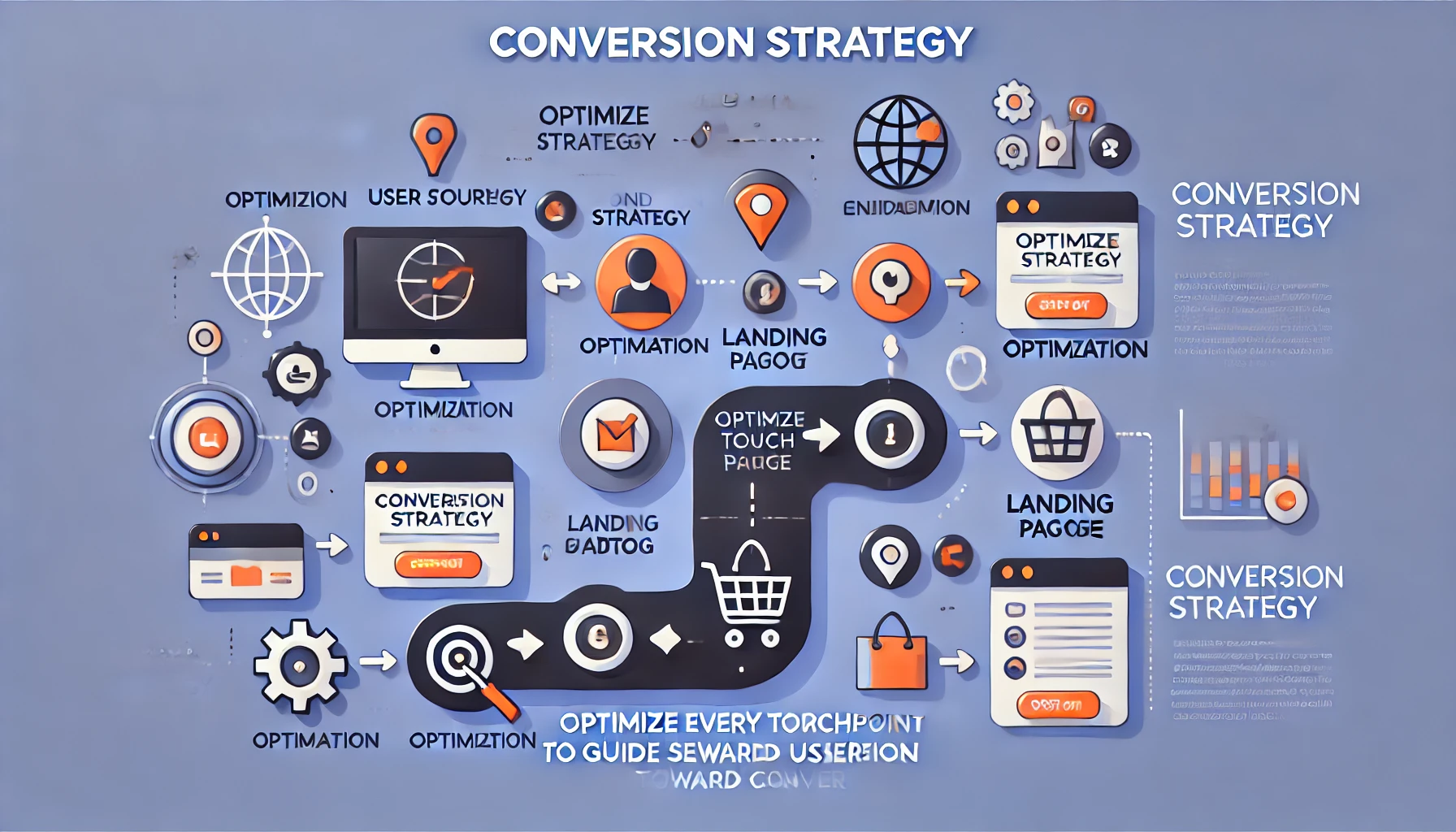How to Build a Marketing Funnel That Converts
Team Chapter-001
Marketing Funnel Experts

Marketing Funnel Success
Strategies for building a conversion-focused marketing funnel that drives results
A marketing funnel is a structured pathway that guides potential customers from initial awareness to becoming loyal advocates of a brand. Understanding and optimizing each stage of the funnel is crucial for increasing conversions and retaining customers. Businesses that implement a well-defined marketing funnel can effectively attract, nurture, and convert leads while fostering long-term relationships with customers. In this guide, we’ll explore the stages of a high-converting marketing funnel and strategies to optimize each phase.
Funnel Metrics
Awareness
Consideration
Conversion
Retention
Marketing Funnel Checklist
0% completeDefine your target audience personas
Create awareness content for each channel
Develop lead magnets for consideration stage
Optimize landing pages for conversions
Set up email nurturing sequences
Implement retargeting campaigns
Create loyalty programs for retention
Measure and analyze funnel performance
Get Funnel Optimization Tips
Subscribe to our newsletter for weekly tips on optimizing your marketing funnel.
Stages of the Marketing Funnel
A typical marketing funnel consists of several stages that guide potential customers from initial awareness to becoming loyal advocates.
The Marketing Funnel Structure
A typical marketing funnel consists of the following stages:
Awareness – The stage where potential customers first discover your brand.
Consideration – Prospects evaluate your offerings and compare them with competitors.
Conversion – The moment when a lead takes a desired action, such as making a purchase.
Retention – Strategies to keep customers engaged and encourage repeat purchases.
Advocacy – Turning satisfied customers into brand ambassadors who promote your business.
Creating Awareness
The awareness stage is about capturing the attention of potential customers and introducing them to your brand.
Content Marketing
Blogging, guest posts, and educational resources to provide value to your audience.
Social Media Marketing
Building brand awareness through organic and paid social media campaigns.
Search Engine Optimization
Optimizing website content for high-ranking keywords to improve visibility in search results.
Nurturing Leads
Once prospects become aware of your brand, nurturing them is essential to move them toward a purchase decision.
Lead Nurturing Strategies
Sending personalized welcome emails and follow-ups to keep leads engaged.
Offering lead magnets (eBooks, case studies, discounts) in exchange for email sign-ups.
Segmenting email lists based on user behavior for targeted messaging.
Driving Conversions
At this stage, leads need a final push to take action.
Conversion Optimization Techniques
- Designing clear, concise, and visually appealing landing pages.
- Ensuring mobile-friendliness and fast loading speeds.
- Using persuasive copy and testimonials to build trust.

Conversion Strategy
Optimize every touchpoint to guide users toward conversion.
Retaining Customers
Customer retention is more cost-effective than acquiring new customers.
Customer Retention Strategies
Reducing the number of steps required to complete a purchase.
Offering multiple payment options for convenience.
Providing a clear return policy to minimize purchase hesitation.
Turning Customers into Advocates
Happy customers can become powerful brand advocates who promote your business through word-of-mouth and social sharing.
Advocacy Building Strategies
Sending thank-you emails after a purchase to show appreciation.
Providing order tracking and delivery updates to enhance customer experience.
Requesting feedback and reviews to improve future interactions.
Conclusion
Requesting customers to leave reviews on platforms like Google, Yelp, or Trustpilot.Showcasing positive testimonials on the website and social media.Responding to reviews professionally to build credibility.



